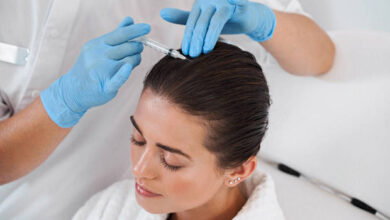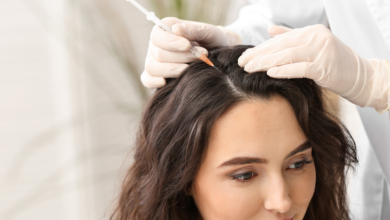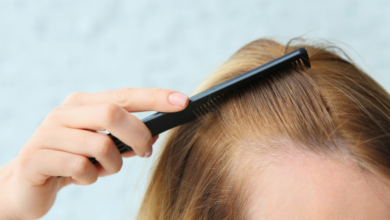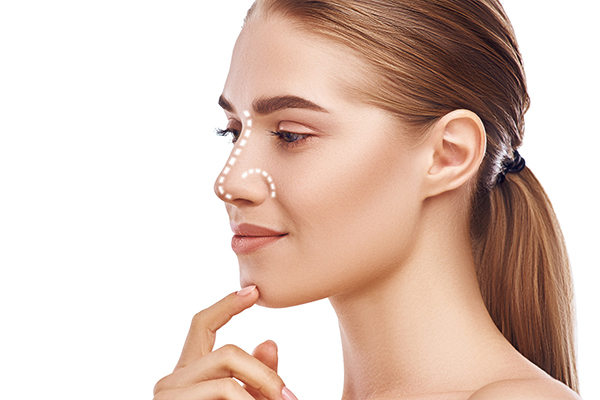
In the world of cosmetic surgery, a perfectly tailored solution is becoming increasingly sought after. When it comes to rhinoplasty, each individual face presents its own set of unique characteristics that require personalized attention and precise craftsmanship. In this article, we will explore the concept of bespoke rhinoplasty solutions and how this innovative approach is revolutionizing the field of cosmetic surgery, ensuring that every patient achieves the desired results that perfectly suit their individual needs and enhance their natural beauty.
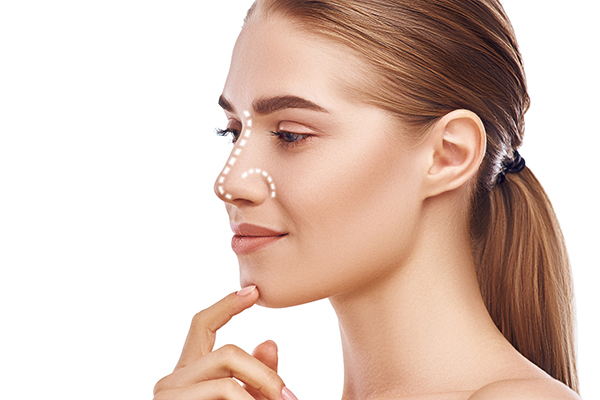
Understanding Bespoke Rhinoplasty Solutions
Rhinoplasty, commonly known as a nose job, is a surgical procedure aimed at improving the shape, size, and functionality of the nose. However, not all rhinoplasty procedures are the same. Bespoke rhinoplasty solutions offer a customized approach to address the unique needs and desires of each individual.
Defining Rhinoplasty
Rhinoplasty is a surgical procedure that involves reshaping the nose to enhance its appearance and functionality. It can correct a wide range of aesthetic concerns, such as a dorsal hump, bulbous tip, or asymmetry, while also addressing functional issues like breathing difficulties.
The Importance of Customization
Bespoke rhinoplasty solutions prioritize customization to ensure that each patient’s unique goals and facial features are taken into account. Unlike a one-size-fits-all approach, bespoke rhinoplasty allows for tailored interventions that deliver natural-looking results and patient satisfaction.
The Consultation Process
The consultation process is a crucial step in the journey towards achieving your desired results with bespoke rhinoplasty. It provides an opportunity for the surgeon to understand your expectations and for you to gather information about the procedure.
Preparation and Evaluation
Prior to the consultation, it is important to prepare yourself by gathering information about the procedure, understanding the potential risks, and thinking about the specific aspects you would like to address. During the consultation, the surgeon will evaluate your facial features, assess your nasal anatomy, and discuss the various options available to achieve your desired results.
Discussing Individual Goals
During the consultation, the surgeon will take the time to listen to your individual goals and expectations. This open and honest discussion will allow for a comprehensive understanding of your desired outcome. Sharing reference photos or describing specific features that you find attractive can further enhance communication and ensure that the surgeon has a clear vision of your aesthetic preferences.
Exploring Options and Limitations
Once your individual goals have been discussed, the surgeon will explain the different options and limitations of bespoke rhinoplasty. This may include discussing techniques such as open rhinoplasty, closed rhinoplasty, or the possibility of non-surgical rhinoplasty. Understanding the pros and cons of each option will enable you to make an informed decision based on your preferences and unique circumstances.
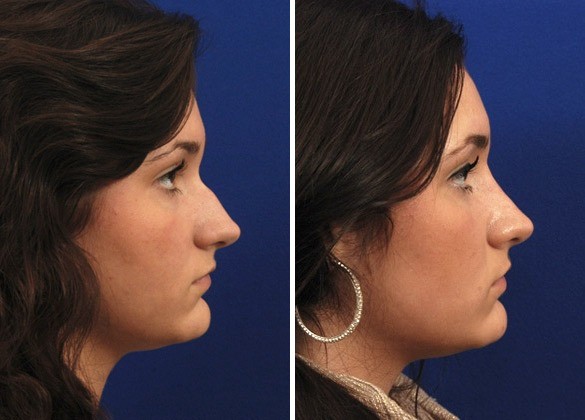
Types of Rhinoplasty Techniques
There are several techniques that can be employed during a rhinoplasty procedure, each with its own advantages and considerations. The choice of technique will depend on various factors, including the complexity of the procedure and the desired outcome.
Open Rhinoplasty
Open rhinoplasty involves making a small incision on the columella, the strip of skin separating the nostrils, allowing the surgeon greater visibility and access to the nasal structures. This technique is commonly used for complex procedures or cases requiring significant structural changes.
Closed Rhinoplasty
In contrast to open rhinoplasty, closed rhinoplasty involves making incisions inside the nostrils, eliminating the need for an external incision. This technique is suitable for less complex procedures that require minimal reshaping and nasal refinement.
Non-Surgical Rhinoplasty
Non-surgical rhinoplasty, also known as liquid rhinoplasty, is a non-invasive alternative that involves the use of dermal fillers to reshape the nose. This technique is ideal for individuals who desire minor adjustments, such as smoothing out small bumps or lifting the nasal tip. It offers immediate results with minimal downtime.
Factors to Consider for Customized Results
To achieve the desired results with bespoke rhinoplasty, several factors must be taken into consideration. These factors include facial anatomy, nose shape and size, skin type and thickness, and any pre-existing breathing problems.
Facial Anatomy
Each individual has a unique facial anatomy, including the underlying bone structure and soft tissue. The surgeon will carefully assess these factors to determine the most suitable approach for reshaping the nose while maintaining overall facial harmony.
Nose Shape and Size
The shape and size of the nose are important considerations when designing a bespoke rhinoplasty procedure. Whether you desire a reduction in size, refinement of the tip, or correction of asymmetry, the surgeon will work closely with you to achieve your specific aesthetic goals.
Skin Type and Thickness
The thickness and quality of the skin covering the nose can significantly affect the final outcome of the rhinoplasty procedure. Thinner skin may provide more pronounced definition, while thicker skin may require additional techniques to achieve the desired results. The surgeon will evaluate these factors and discuss the implications during the consultation.
Breathing Problems
In addition to addressing aesthetic concerns, bespoke rhinoplasty can also address functional issues such as breathing difficulties. A skilled surgeon will be able to identify any nasal obstructions and recommend appropriate interventions to improve nasal airflow and overall breathing.
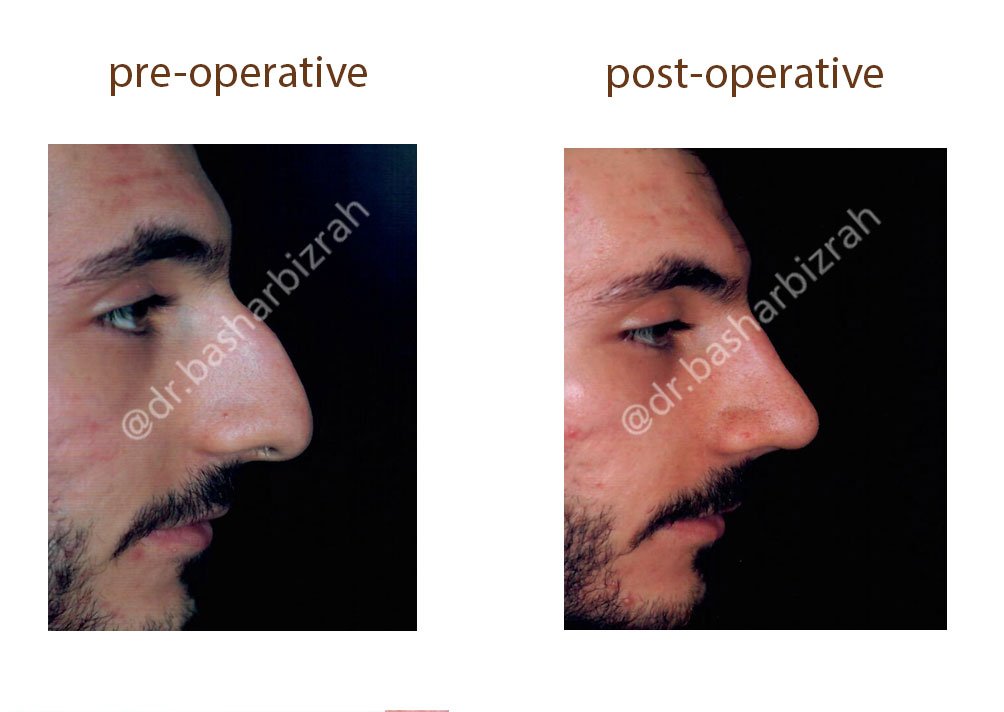
Choosing the Right Surgeon
Selecting the right surgeon for your rhinoplasty procedure is essential for achieving safe and satisfactory results. It is important to conduct thorough research and consider various factors before making your decision.
Research and Credentials
Start by researching the surgeon’s qualifications, credentials, and board certifications. Confirming that the surgeon is a qualified and experienced specialist in rhinoplasty will provide you with peace of mind and help ensure a successful outcome.
Experience and Specialization
It is crucial to choose a surgeon who has extensive experience performing rhinoplasty procedures. Look for a surgeon who specializes in nasal surgery and has a proven track record of consistently achieving excellent results. Additionally, consider the surgeon’s familiarity with the specific technique you are interested in.
Before and After Photos
Reviewing before and after photos of previous patients can give you a clear indication of the surgeon’s skill and the range of results they can achieve. Pay close attention to patients with similar nasal characteristics to yours to get a better idea of what to expect.
Preparing for Bespoke Rhinoplasty
Proper preparation is key to ensuring a smooth and successful rhinoplasty experience. Before the procedure, there are several important steps that need to be taken, including a medical evaluation, pre-surgery instructions, and managing expectations.
Medical Evaluation
Before undergoing any surgical procedure, it is essential to undergo a comprehensive medical evaluation. This evaluation will help identify any underlying health conditions that may affect the procedure or the recovery process. The surgeon will request medical history, conduct physical examinations, and may order additional tests if necessary.
Pre-Surgery Instructions
To optimize the outcome of your bespoke rhinoplasty, you will be provided with specific pre-surgery instructions. This may include discontinuation of certain medications or supplements, as well as recommendations for changes in lifestyle habits or diet. Following these instructions diligently will minimize the risk of complications and enhance your recovery.
Managing Expectations
While bespoke rhinoplasty can achieve remarkable results, it is important to have realistic expectations. The surgeon will discuss the limitations of the procedure and provide you with an honest assessment of what can be achieved. Understanding these limitations and having a clear understanding of the expected outcomes will help manage your expectations and ensure a positive experience.
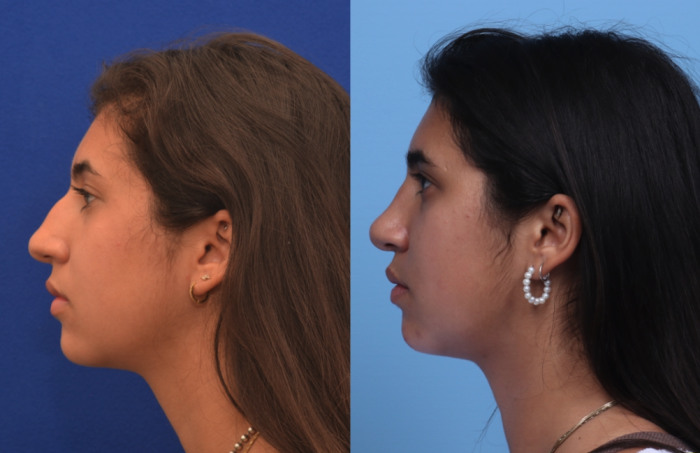
The Procedure: Step by Step
During the actual rhinoplasty procedure, the surgeon will follow a series of precise steps to achieve the desired changes. Each step is carefully performed to ensure optimal outcomes.
Anesthesia Administration
To ensure a comfortable and painless experience, anesthesia will be administered before the procedure. The type of anesthesia will be discussed and determined during the pre-operative consultation. This may involve general anesthesia, where you will be completely asleep, or intravenous sedation, where you will be in a relaxed state.
Incision Placement
The placement of incisions will depend on the chosen technique. In open rhinoplasty, a small incision is made on the columella, while closed rhinoplasty involves incisions inside the nostrils. The surgeon will make precise and discreet incisions to minimize scarring.
Reshaping the Nose
After the incisions are made, the surgeon will have a clear view of the nasal structures and will begin reshaping the nose according to your predetermined goals. This may involve removing or adding cartilage, refining the nasal tip, or reducing the size of the nostrils. The surgeon will use their expertise and artistic skill to create a harmonious and balanced appearance.
Closing the Incisions
Once the desired reshaping is complete, the surgeon will carefully close the incisions using sutures. It is important to ensure that the incisions are closed meticulously to promote proper healing and minimize the risk of visible scarring.
Recovery and Aftercare
After the rhinoplasty procedure, proper post-operative care is crucial to ensure a smooth recovery and optimize the final results. The surgeon will provide detailed post-surgery instructions that must be followed to promote healing and minimize discomfort.
Post-Surgery Instructions
The post-surgery instructions will include information about caring for the incision sites, managing pain and swelling, and avoiding activities that may hinder the healing process. It is important to follow these instructions meticulously to achieve the best possible outcome.
Managing Discomfort and Swelling
Mild discomfort and swelling are common after rhinoplasty and can be managed with prescribed pain medication and cold compresses. It is important to keep your head elevated, avoid strenuous activities, and follow the surgeon’s recommendations for a smooth recovery.
Follow-up Appointments
Follow-up appointments with your surgeon are an essential part of the recovery process. These appointments allow the surgeon to monitor your progress, assess the healing of the incisions, and address any questions or concerns you may have. Attending these appointments will help ensure that your recovery is on track and that any issues are addressed promptly.
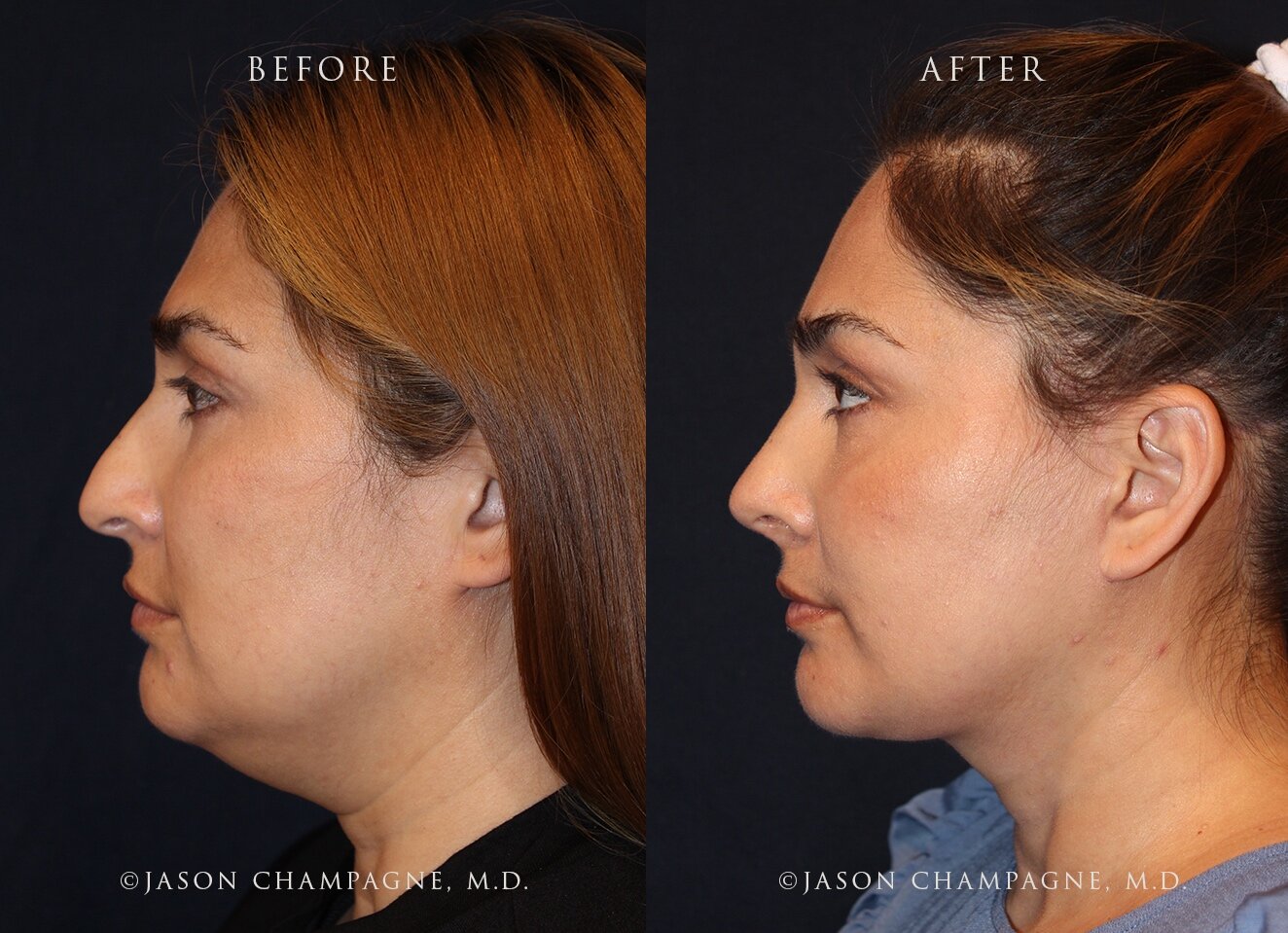
Possible Risks and Complications
As with any surgical procedure, bespoke rhinoplasty carries certain risks and potential complications. It is important to be aware of these risks and to discuss them with your surgeon to ensure that you make an informed decision about your procedure.
Infection
Although rare, infections can occur after rhinoplasty. The surgeon will take the necessary precautions to minimize the risk of infection, such as prescribing antibiotics and providing detailed instructions on wound care.
Bleeding
Some bleeding is normal immediately after the procedure, but excessive or prolonged bleeding should be reported to your surgeon. It is important to follow the post-operative instructions to minimize the risk of bleeding complications.
Scarring
While every effort is made to minimize visible scarring, all surgical procedures leave some degree of scarring. The surgeon will employ meticulous techniques and place incisions in inconspicuous locations to optimize the final result.
Breathing Issues
In rare cases, rhinoplasty may lead to breathing problems, such as a narrowed nasal airway or collapse of the nasal valve. Choosing an experienced surgeon who specializes in both aesthetic and functional rhinoplasty can help minimize this risk.
Long-Term Results and Satisfaction
Bespoke rhinoplasty aims to provide long-lasting results and patient satisfaction. Adapting to the changes and understanding the psychological impact of the procedure are important aspects to consider.
Adapting to the Changes
It is important to remember that it takes time to fully adapt to the changes made during rhinoplasty. Initially, there may be some swelling and temporary changes in nasal shape. However, as the swelling subsides and the nose continues to heal, the final results will become more apparent.
Psychological Impact
Rhinoplasty can have a significant psychological impact, boosting self-confidence and improving overall well-being. It is important to have realistic expectations and to communicate openly with your surgeon throughout the process to ensure a positive psychological outcome.
Revision Rhinoplasty Options
Although rare, some individuals may require revision rhinoplasty to further refine or address any concerns that have arisen after the initial procedure. It is important to discuss the possibility of revision rhinoplasty with your surgeon and understand any associated costs or limitations.
In conclusion, bespoke rhinoplasty offers a comprehensive and personalized solution for individuals seeking to enhance the appearance and functionality of their nose. By understanding the consultation process, types of techniques, factors to consider, and the importance of choosing the right surgeon, you can make an informed decision and achieve the best possible results. Through proper preparation, undergoing the procedure step by step, and adhering to the necessary aftercare instructions, you can optimize your recovery and minimize potential risks. With a tailored approach and the guidance of a skilled surgeon, bespoke rhinoplasty can provide long-term satisfaction and a sense of confidence in your unique facial features.

